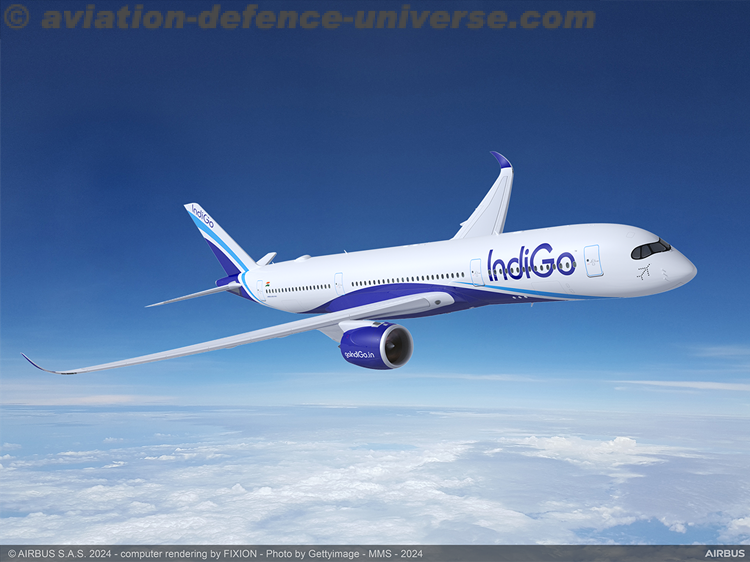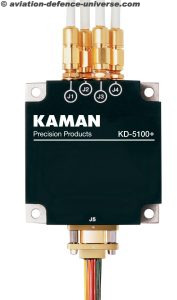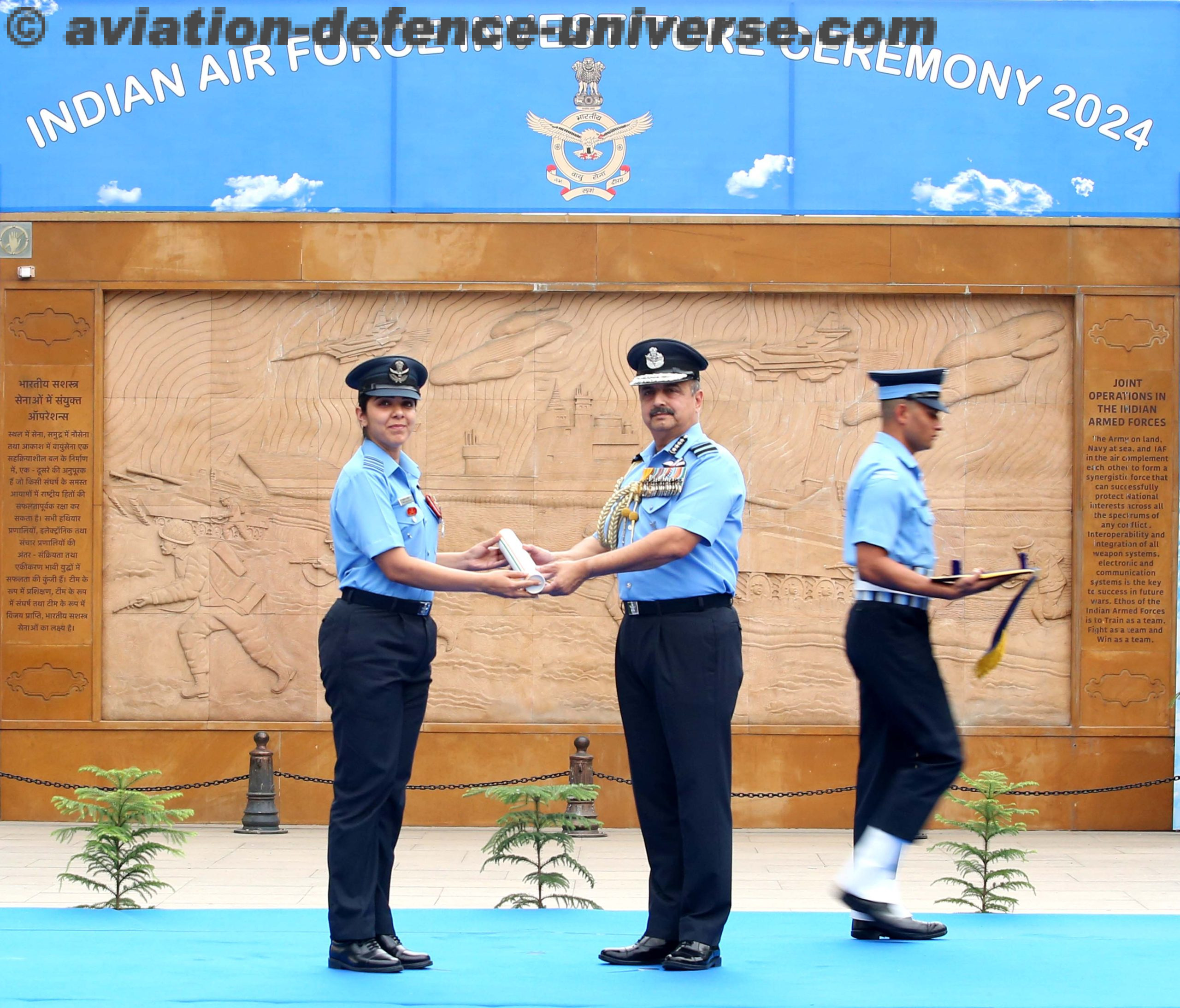- Mission expected to provide high-speed broadband services to air, land and sea users in the Arctic region and in Northern latitudes
Carlsbad, California, USA. 29 June 2023. Viasat, Inc. (NASDAQ: VSAT), a global leader in satellite communications, and Space Norway, today announced that the first of the two satellites for the Arctic Satellite Broadband Mission, has successfully completed thermal vacuum testing. The new satellites, which will carry Viasat’s GX10A and B payloads, aim to connect users in the Far North with high-speed broadband in 2024.
The mission, managed by Space Norway Heosat, will see two satellites deployed in a highly elliptical orbit (HEO) above the Earth. Operating in an oval-shaped orbit around the poles, the satellites will speed up when over the South Pole and slow down above the North Pole, tagging each other to deliver persistent coverage of the northernmost region of Earth.
For Viasat, the GX10A and B payloads aboard these two HEO satellites are expected to extend Global Xpress, the company’s global mobile broadband service, which it now operates following the recent acquisition of Inmarsat. The two payloads are designed to seamlessly operate as part of the wider Global Xpress constellation, to expand the current coverage of Global Xpress and further the network – which is currently delivered from satellite in geostationary orbits – into new orbital paths. The satellites will be the new combined company’s first satellites not in geostationary orbit, as it branches out into multi-orbit, cooperative networks to provide seamless global connectivity.
Today, the Arctic Circle represents a rapidly growing connectivity region for governments, shipping companies, commercial airlines, and scientists. In early 2023, the UK Government launched its ‘Looking North’ arctic strategy which details the strategic geopolitical importance of the region for security and climate change. Also, this year Norway began its chairship of the Arctic Council, which is an intergovernmental forum comprised of eight arctic states to further cooperation in the region. Both HEO satellites will provide a revolutionary upgrade in coverage as communications demand continues to grow.
“Arctic connectivity is urgent because it supports scientific research, enables new trade routes, and underpins strategic government action in a new geopolitical landscape,” said Guru Gowrappan, President, Viasat. “This project is about developing our networks ahead of that need by providing high-quality mobile broadband services for travel in and out of the Arctic. I would like to thank Space Norway for their continued collaboration as we enable meaningful connections for a better, safer, more connected world.”
“For decades, there has been an unmet need for broadband communications in the Arctic, and we are now establishing a strategically important capacity for everyone operating there, be it on the ground, at sea or in the air,” said Dag H. Stølan, CEO, Space Norway. “The new system will provide continuous coverage for the Arctic Circle and beyond. Our focus in this mission is the value it creates for civil users such as ships and aircraft, and governmental users such as rescue services and the coastguard, as well as national and allied forces. We appreciate the world class expertise and experience from Viasat joining us in this programme and to bring satellite broadband coverage to in the Arctic.”



























































































































